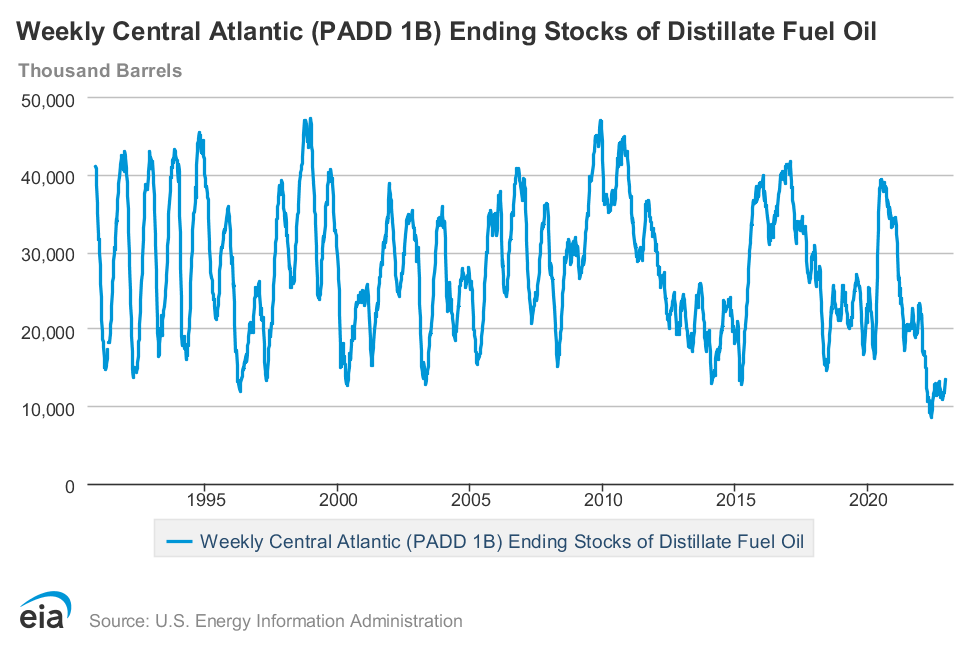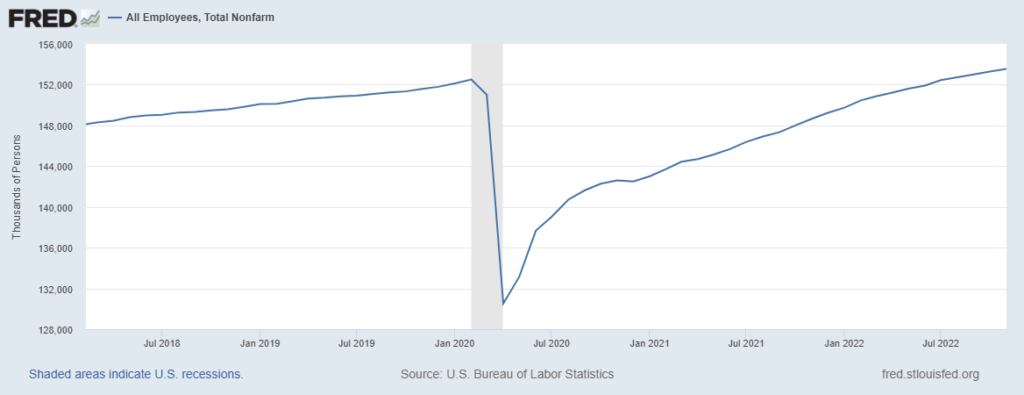In November 2018 US consumers spent 983.7 billion chained-2012-dollars on food-at-home. In November 2019, 991 billion chained-2012-dollars were spent on food. This November (according to this morning’s report and Federal Reserve analysis) the amount spent was 1033.6 billion chained-2012-dollars. This is an inflation-adjusted figure. We are spending above trend on food-at-home — establishing a new trend? — despite inflation (which eased again in November), despite other increased costs (e.g. energy and shelter), and despite very robust competition for consumer spending. See chart below.






